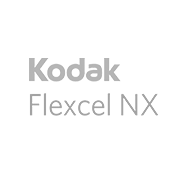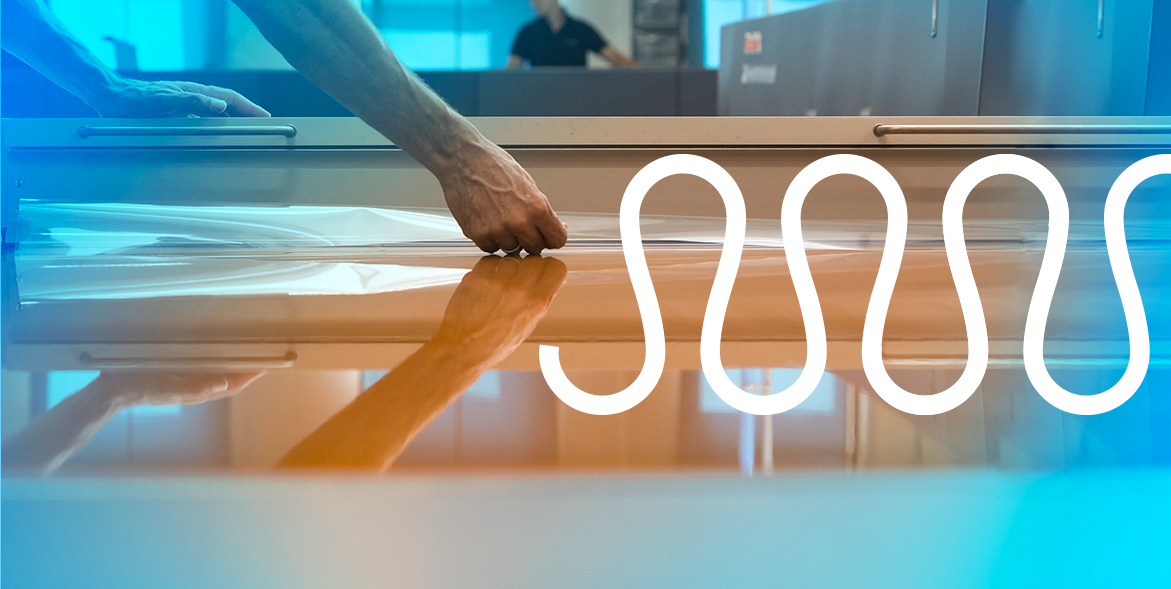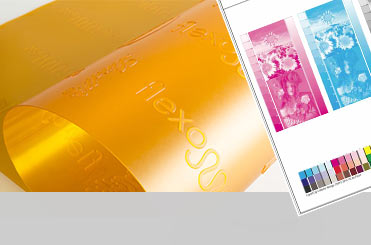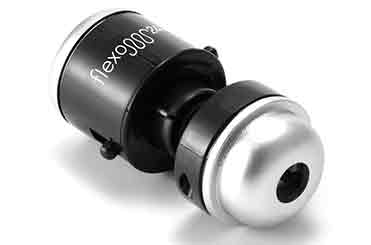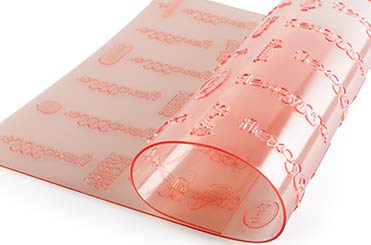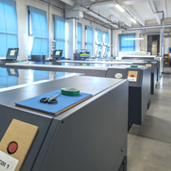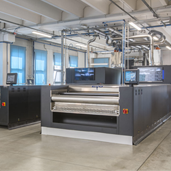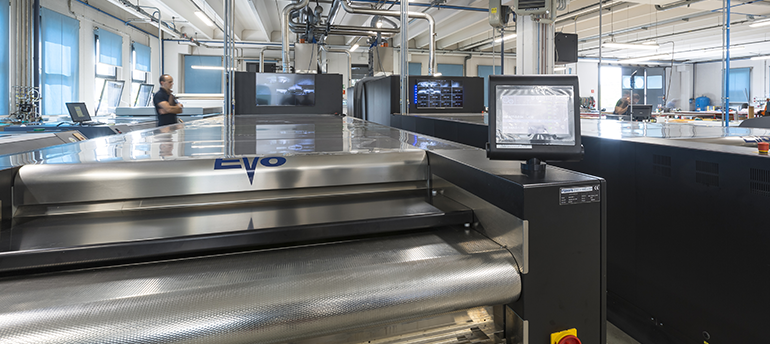To explain the digital plate engraving process, let's first define the concept of flexo printing. Commonly called flexo, this is a rotary direct printing method that uses rubber relief or photopolymer-based material printing forms.
Flexo printing is used in a variety of fields, especially for packaging. Among the most common products printed in flexo are:
- • flexible packaging
- • adhesive labels
- • paper and plastic bags
- • shrink labels
- • adhesive tapes
- • gift wraps
- • table covers
- • school books
- • tissue
- • film for napkins
- • corrugated carton boxes








